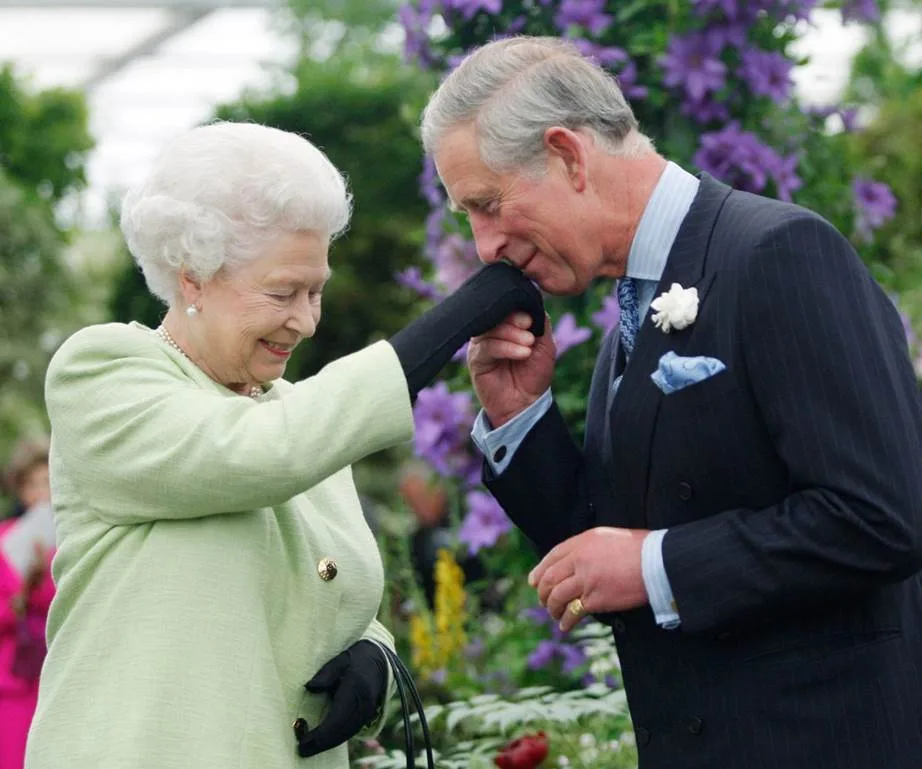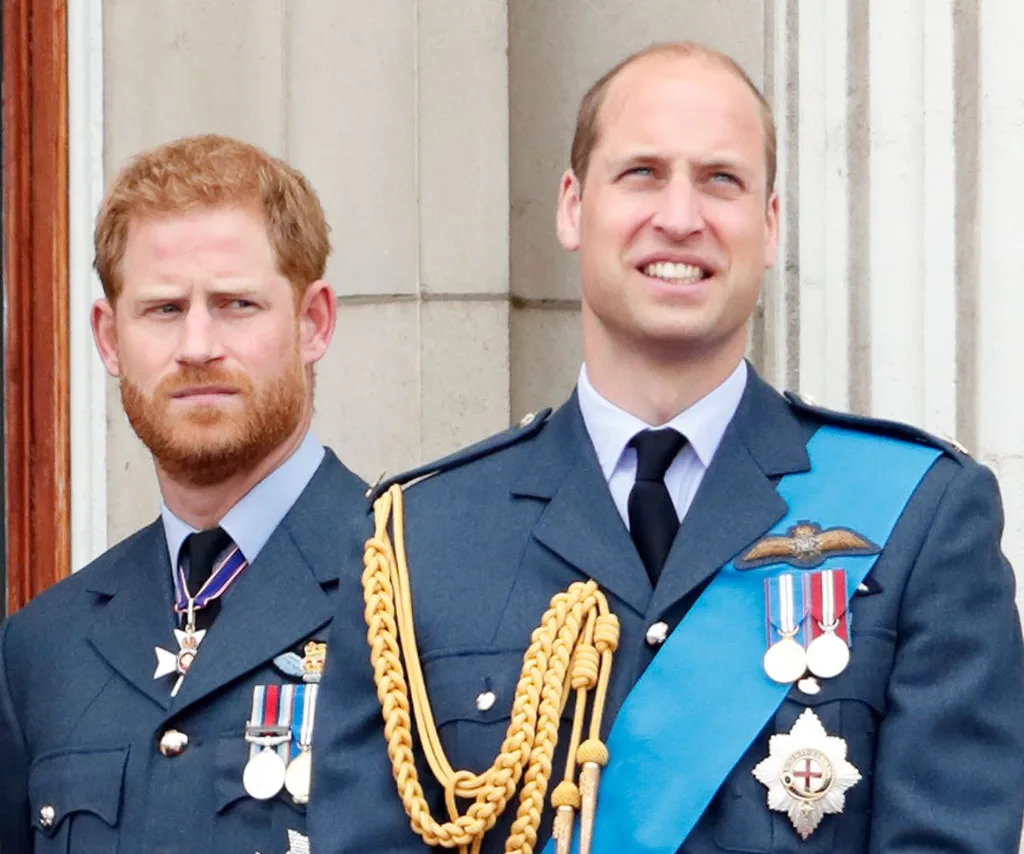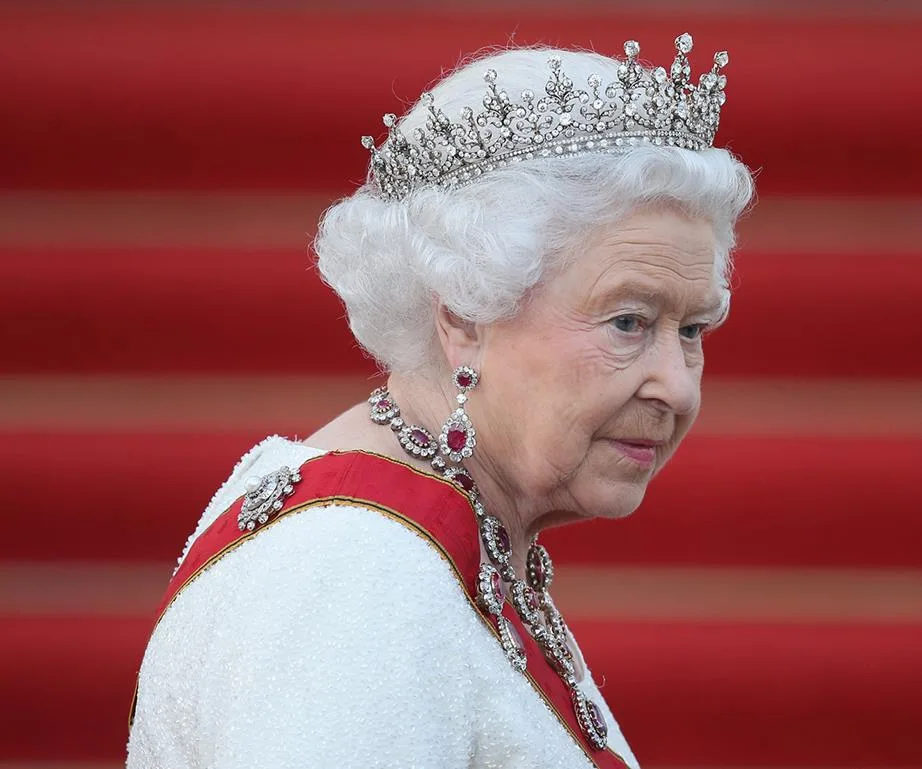Following the tragic passing of Queen Elizabeth II overnight, the line of succession to the British throne has changed, with a few surprising additions.
Prince Charles, who was at the top of the Queen’s heir apparent, acceded to the throne as King the moment his mother passed away in Balmoral, Scotland. He will be crowned King Charles III with Camilla by his side as Queen-Consort.
The line of succession now begins with Prince William, 40, now first in line as heir to the throne.
He is followed by his three children: Prince George, nine, Princess Charlotte, seven, and Prince Louis, four.

Queen Elizabeth II has now been succeeded by her son Charles. He will be known as King Charles III.
(Image: Getty)After quitting as a senior working royal in 2020, Prince Harry, 37, now moves to fifth in line after retaining his succession rights despite stepping away from the monarchy.
In a surprising addition, Prince Harry and Meghan Markle’s son, Archie Mountbatten-Windsor, is now sixth in line to the royal throne.
Meghan has previously claimed this title was denied to three-year-old Archie, due to his race.
Archie’s younger sister Lilibet, one, is now entitled to be a princess after the death of the Queen and will be seventh in line.

Prince William (right) is now first in line to the throne. His brother Prince Harry (left) is now fifth in the line of succession.
(Image: Getty)Despite being stripped of his royal highness title and honorary patronages by the Queen in January, Andrew, the Duke of York, has moved up into eighth position in the line of succession.
It’s a controversial move after Andrew, 62, settled a lawsuit with Virginia Giuffre in February, after she said she was forced to have sexual encounters with him as a teen after being trafficked by U.S. financier Jeffrey Epstein.
Princess Beatrice, 34, is the eldest daughter of Andrew and ex-wife Sarah Ferguson. She is now ninth in line to the throne. She is followed by her one-year-old daughter, Sienna Mapelli Mozzi.
Princess Eugenie, 32, the youngest daughter of Andrew and Sarah, just misses out in the top 10, coming in at eleventh in line.

Queen Elizabeth II passed away on Thursday, September 8 in Balmoral, Scotland.
(Image: Getty)As the Commonwealth reels from the loss of the longest-serving British monarch, here is a look at how the basis for succession was formed.
The succession to the throne is regulated not only through birth descent, but also by Parliamentary statute and religion. This was determined in the constitutional crisis of the 17th century which ended up forming the Bill of Rights (1689) and the Act of Settlement (1701).
For centuries, legislation decreed that only Protestant descendants of a granddaughter of James I of England can take the throne, meaning that being married to a Roman Catholic would bar an individual from a place in the line of succession.
However, in 2013, a new law was passed which reversed this. The legislation also allowed female heirs equal rights in their claim to the throne. Historically, younger male heirs displaced elder daughters.
.jpg?resize=380%2C285)
.jpg?resize=380%2C285)
